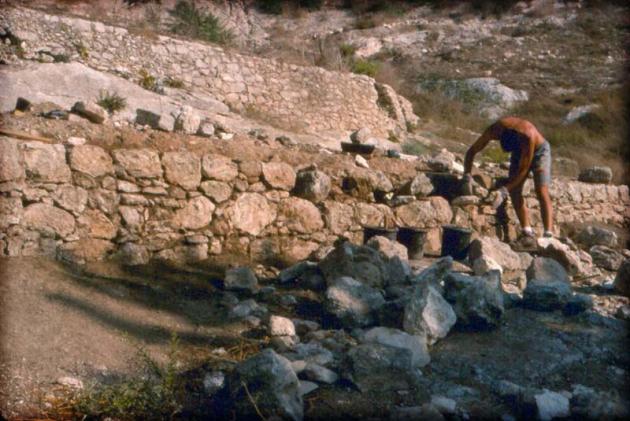Geologic folds in the bedrock facilitated quarrying, creating levelled areas ideal for growing grapes and other crops. By the 1st Century AD, villagers of Nazareth were building terraces upon this site and farming the rich land.
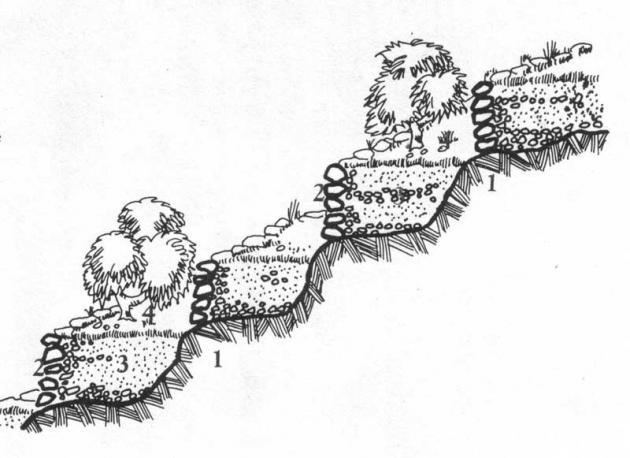
The field terraces were built of angular rubble set in battered, inwardly-sloped walls, laid as dry wall construction or bedded in earth mortar. This mortared wall retains a plot irrigated by an ancient spring (a wet farm). Small rubble waste from the quarry were loosely packed behind the wall face to ensure efficient drainage and even distribution of water runoff from terrace to terrace. The builder/farmers spread layers of chalk to enhance fertility of the soil. In the Middle East, terrace farming became widespread in the Iron Age, over 3000 years ago.
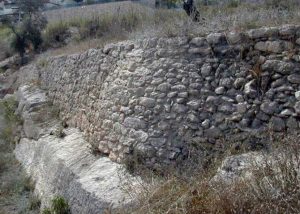
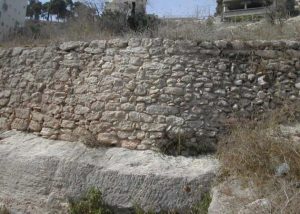
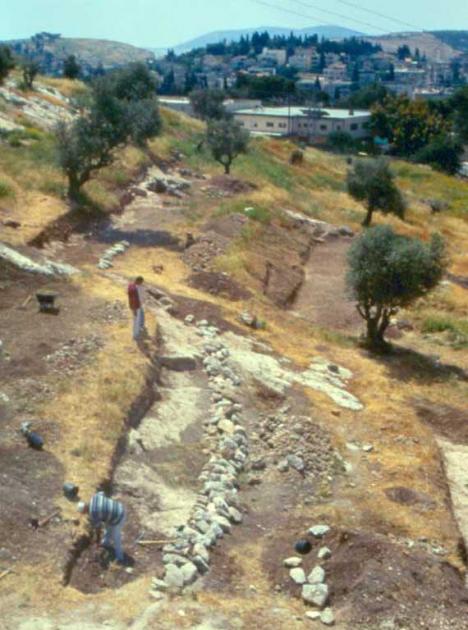
Preparation
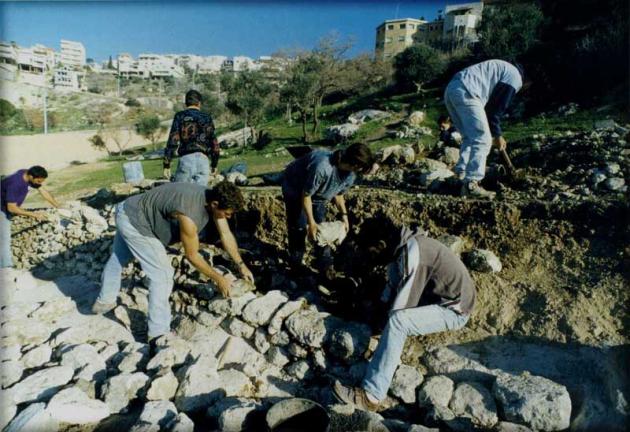
Restoration
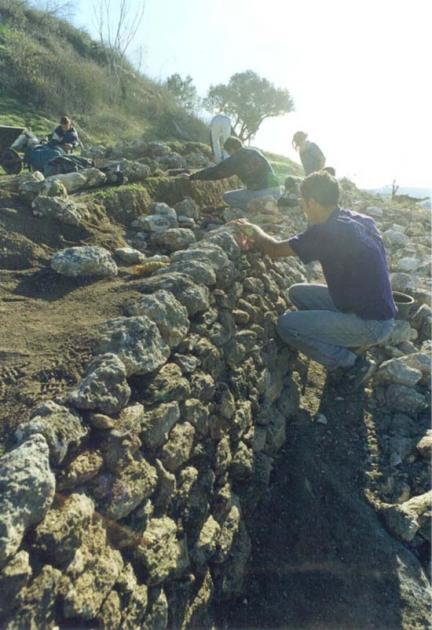
Finishing
